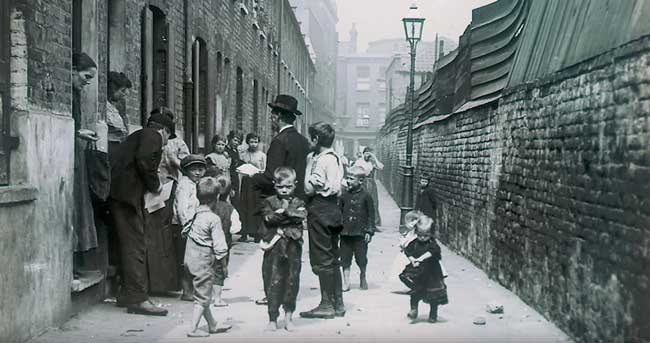Throughout my life, having attended a multitude of museums, I can honestly say that not once was branding within the museum even on the forefront of my mind. However, that all changed after reading Stallabrass's The Branding of the Museum before visiting Tate Britain. Stallabrass suggests that "the branding of the museum is associated with neoliberal economies, such as the UK and the US," and points out that "following rebranding by the consultancy Wolff Olins in 1998...Tate as a whole has become a highly recognizable global brand." Simply walking around the museum with branding in mind was eye opening, as every corner featured the Tate logo, or some form of directions to the gift shop or purchasing points. These purchasing points, wether it be the gift shop or the cafe, both featured heavy amounts of Tate Britain branded gear, from sweat shirts and post cards to water bottles and coffee mugs. The purpose behind this, as Stallabrass points out, is to create a recognizable brand transcending the simple title of "museum," instead striving for recognition as a staple of Britain, attracting tourism and generating profits. Specifically looking at layout, I recognized fairly quickly that most exhibits guide you through either circular or revolving paths in which at the end, you inevitably end up in the gift shop, or in close vicinity of it. This is no accident, and neither is the positioning of the cafe and gift shop near the main entrance/exits on the first and second floor, respectively. Not only is the branding and intentional layout present n the physical museum, but also digitally, as Stallabrass showcases that the scale of the branding operations are "suggested in the layout of the Wolff Olins’ website pages devoted to Tate, a grid of images that magnify individually as the cursor is run over them, and take in shopping, merchandise, logos, colours, banners, explanatory boards, fonts, quotes from the press, and above all images of how viewers act in the museum environment."
After realizing just how prominent branding was within the Tate Britain first-hand, I began to form an opinion on the matter. Initially, I was a bit turned off by the idea of a museum incorporating specific marketing and branding elements designed to increase revenue, but the more I though about it, the more I changed my mind. While some may view this revenue-oriented approach as disrespectful to the spirit of art, it is my feeling that the service of providing some of the best art pieces in the world is necessary reason for capitalization. It is naive to examine museums as being essentially non-profits put together for the benefit of society culturally and historically, when museums clearly employ scores of people who need to be paid, depend on guest visitation to survive, and face direct competition across the world. Museums such as Tate Britain are business to consumer service providers, providing a unique and exclusive product - art. Why should there be an expectation for art museums to function any differently from movie theaters, or playhouses, when it is essentially the same business model. Without a steady stream of guests, and thus revenue, the Tate Britain does not exist, and you don't get to go look at your favorite, exclusive art pieces. I therefore believe it is fully within Tate Britain's right to do whatever possible to generate as much interest and attendance to their museums as they can. Stallabrass, at least partially, seems to agree, stating "Branding is a shorthand assurance of quality in an environment where the old forms of local reputation no longer function," essentially meaning that Tate's mission to become a global brand synonymous with quality art is effective, as it provides sustainable advantage. As long as the art being showcased remains of the highest quality, and guests continue to leave satisfied with the vast collection of famous historical pieces, I see no issue with branding being incorporated into the design and layout of the museum.
Source: Stallabrass, Julian. “The Branding of the Museum.” Association of Art Historians, 2013,








